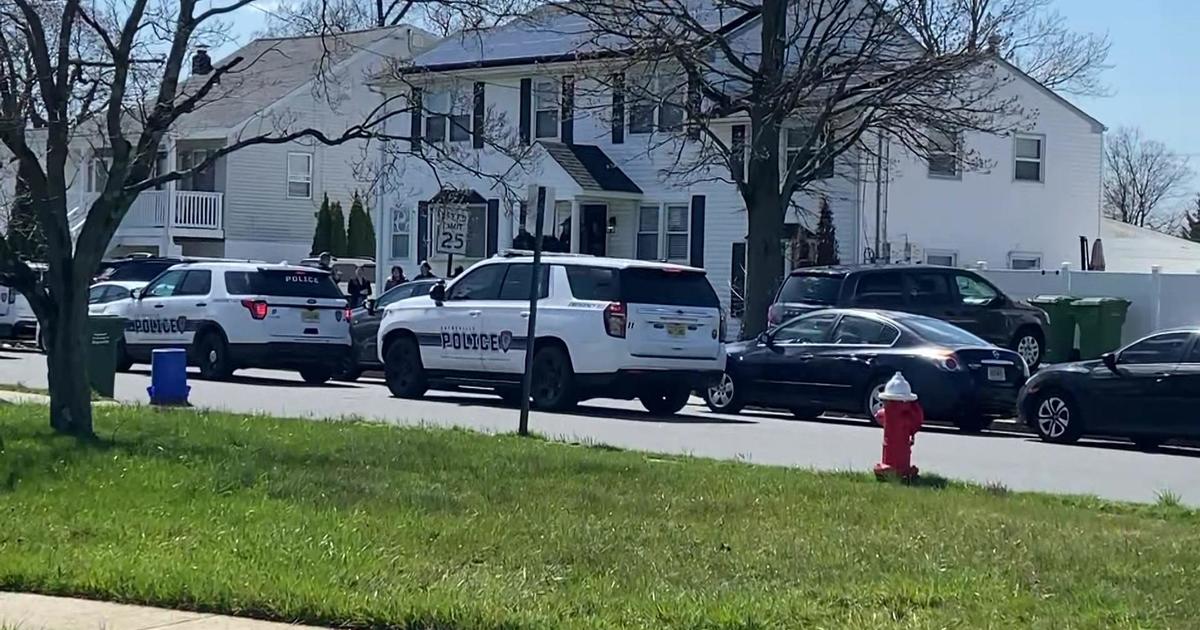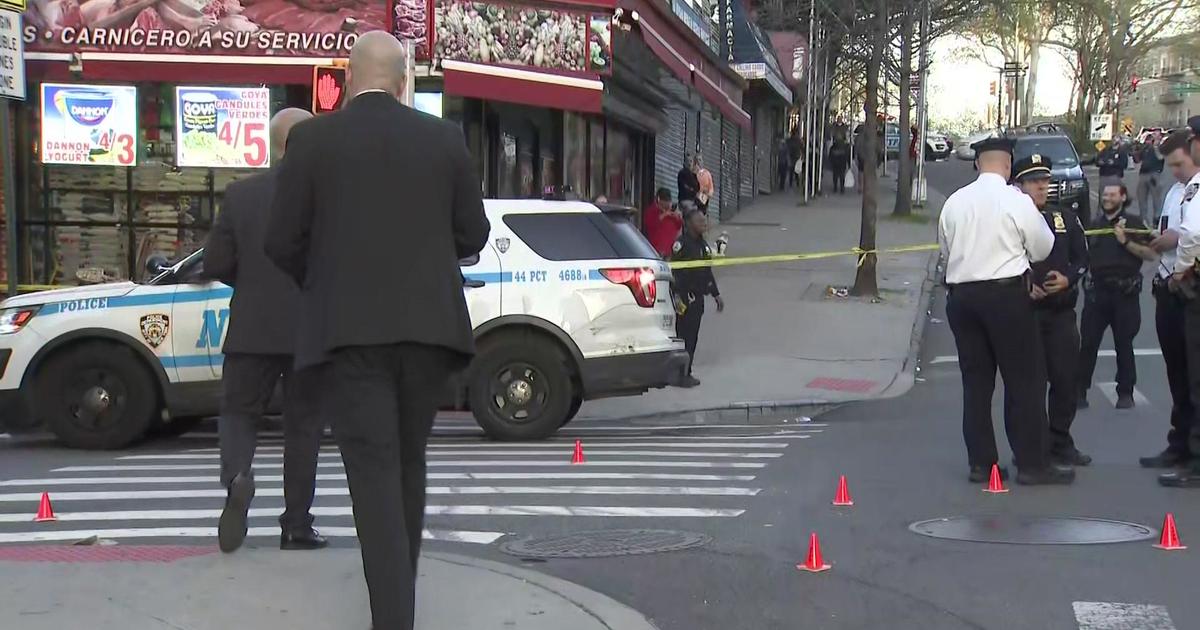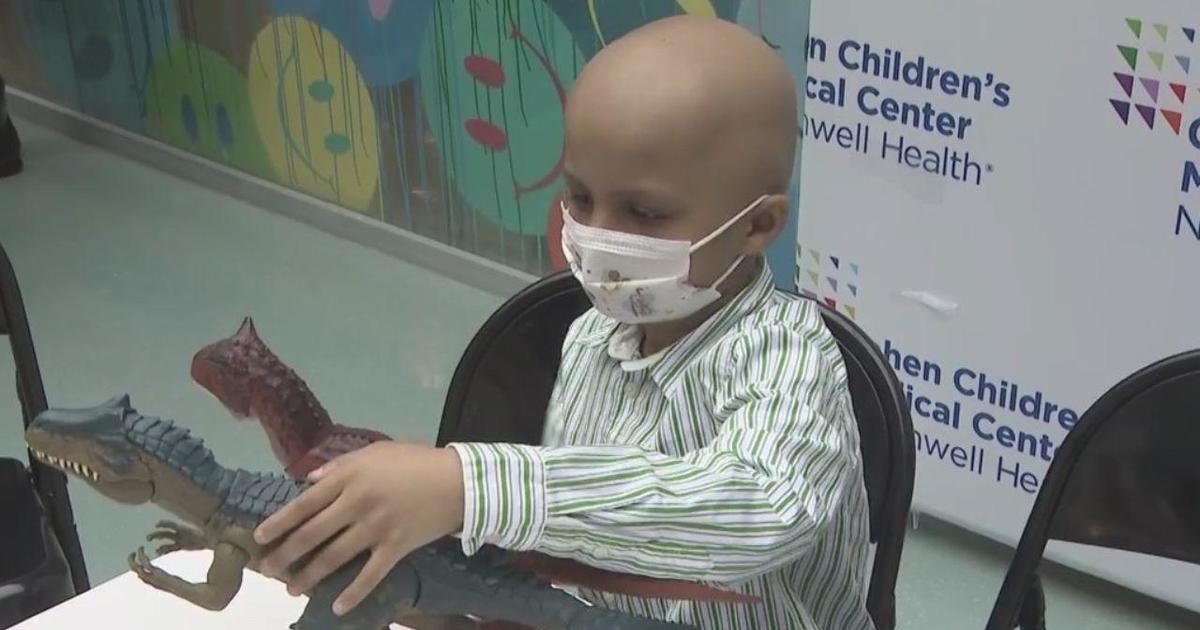Injury Breakdown: Explaining The Sprain
by Abby Sims
A handful of NBA players (including Kobe Bryant who returned last night after missing five games) are currently out or listed as day-to-day with ankle injuries. Most are recovering from ankle sprains, a very common basketball injury at every level of the game. However, as you know, this is a problem that is not limited to the court. It was only a few weeks ago when the microscope was on Dwight Freeney of the Indianapolis Colts, who'd also reportedly suffered an ankle sprain. Discussion was often misleading, trying to distinguish between some reports that Freeney had a Grade III sprain and others saying he had a ligament tear. Another hot topic was the ramifications of a "high" versus a "low" ankle sprain – the Colts insisted Freeney's injury was of the "low" variety (which is what Kobe is dealing with) and was therefore less likely to keep him out of action. Let's take this opportunity to clarify a few things.
First, what is a sprain?
You may recall from our discussion of the Tommy John procedure that a ligament is connective tissue that connects one bone to another at a joint to provide stability at that joint. When a ligament is put on stretch it is considered sprained, and these traumatic injuries are labeled as either Grade I, II or III sprains depending on their severity. A Grade III sprain IS a complete tear of the ligament – they are one and the same thing.
"High" versus "Low" ankle sprains:
The "low ankle sprain" is a relatively new term and one that is not used in the medical literature. It is thrown about in the sports pages to distinguish the most common type of sprain from the more serious "high ankle sprain". The high sprain is a disruption of the connective tissue that attaches the bones of the lower leg (tibia and fibula) to each other in the area above the ankle joint. As for all sprains, these are also classified as Grade I, II or III. We will address the high ankle sprain in a later blog.
Type of sprains most commonly seen:
Lateral (Inversion) Sprains:
There are three ligaments supporting the outer ankle – one toward the front, one toward the back and one central ligament. The outer ankle is sprained more frequently than the inner compartment for many reasons. This type of sprain is called a lateral or inversion sprain and it occurs when a player rolls the ankle outward. Because of the position of the foot at the time of injury, most often it is the front and central outer ligaments that are injured. The ligaments of the outer ankle are not as substantial or strong as those supporting the medial compartment.
When a player lands on another player's foot while coming down from a rebound (as Kobe did on January 14th), it is easy to exceed their limit and wind up with a sprain. The nature of the ligaments themselves, coupled with lack of control of the landing position on an unstable surface sets the stage.
Medial (Eversion) Sprains:
The ligament on the inner side of the ankle is a broad, thick structure that is infrequently sprained. Movement into eversion (rolling in) is limited to begin with and when this area is stressed, the ligament is so strong that it is more likely that its boney attachment will splinter off (this is called an avulsion fracture) than that the ligament will sprain/tear. Occasionally, as for Anthony Randolph of the injury prone Golden State Warriors, a player will suffer both a lateral sprain (in his case a grade III of two outer ligaments) as well as an avulsion of the inner side. This, boys and girls, is a very big problem.
Some predisposing factors to consider:
When team orthopedists perform physicals there are many things they examine to determine if an athlete has a history of sprains or an inclination toward having them.
1.A laxity of the ligaments is a dead give-away. Ligaments don't rebound like rubber bands – once stretched, they remain loose and therefore the joint they are intended to protect becomes vulnerable. Scar tissue that forms in the healing process may provide some stability but is not as supple and isn't a great substitute.
2.Tight tissues or joints. One weak link can cause a rippling effect. For instance, limited mobility of the first joint of the big toe can predispose a player to ankle sprains! If the toe can't extend back as it should, a player may have no choice but to roll outward at the ankle and onto the outer border of the foot when landing.
3.Strength of the foot and ankle musculature (as well as that of the entire lower extremity). Strength should be normal and similar on the right and left.
4.Single-leg balance. Balance is evaluated with eyes open and closed as well as with challenges imposed. If strength or balance is compromised, sprains might result.
5.Agility – the ability to quickly change direction – so important in running and cutting during sport.
Treatment & Healing Time
All of the above factors are also addressed in treatment of a sprain. However, athletes often push themselves to return to competition before they are ready. Certainly they do so more than the rest of us (if we are smart anyway). The daily pressure to play, the lure of the big game or being in the final year of a contract can be motivators that we will never know firsthand. By example, Kobe Bryant aggravated his ankle on February 3rd when Lamar Odom stepped on his foot as he was pivoting, again causing stress to the ligaments. All the treatment and tape wasn't enough to withstand the stress to the area – it simply hadn't yet healed.
The severity of a sprain clearly impacts the healing time required. Though even high school athletes often tape up and return to play within days of a Grade I sprain and 3-4 weeks of a Grade II injury, full healing can take a very long time. In fact, studies show that ligament healing takes at least a year and that is why it is often said that a clean fracture (one that doesn't require surgery) may be preferable to a Grade III sprain. In a recent review of 31 studies done by van Rijn, it was reported that 5-33% of Grade III sprainers still had pain one year after injury and that full recovery was documented in only 36-85% of cases within three years (meaning 15-64% did not recover fully in that time). He reported that 5-33% still experienced pain at one-three years and that 3% – 34% of the patients studied were at risk of re-spraining. Serious business.
Generally, after injury, the emphasis of early treatment is to reduce swelling and inflammation. This progresses to functional treatment rather than immobilization. In most cases for non-professional athletes, return to sports participation occurs when they have full ankle range of motion, at least 90% strength on the injured side and can run and change direction full-out and without pain.
Abby Sims is an orthopedic and sports physical therapist who has been in private practice in NYC for the past 30 years (you may be familiar with her husband, sportscaster & WFAN alum Dave Sims). Abby has a Masters of Science in Physical Therapy from Duke University and has extensive experience working with professional, collegiate and recreational athletes with musculoskeletal injuries – both non-operative and operative. She has also enjoyed lecturing at many medical conferences. Abby looks forward to responding to your questions or writing about topics that you suggest. For more information about Abby, or her practice, please check out www.RecoveryPT.com as well as www.AthletiSense.com.



